Tip #4
How Low Can You Go?
Many wannabe chefs make the rookie error of cooking with heat that is too high for the ingredients in the pan.
This is especially true in hostel kitchens, with usually run-down, or cheap, pots and pans that don’t transfer the heat well across their surfaces.
Let me share a trick with you, turning down the heat as much as you can and putting a cover on that batch of onions will let them slowly ooze out all of their natural sugars, while caramelizing them.
Cooking most vegetables on low heat, in fact, will slowly release the flavor before they get all rubbery, mushy, or charred.
I’d like to argue, in fact, that [Tweet “if you didn’t like veggies as a kid, it might’ve had more to do with how your momma cooked ’em.”]
Not that I want to dis your momma.
Do your kids a favor, learn to cook your veggies the right way.
Not only will a slow, low heat release the flavors of your ingredients reducing your need to spice them–or worst, having to cover up the flavor by drenching it in hot sauce–it will also help make sure nothing is sticking to the pan.
[Tweet “Hostel pots and pans are notoriously sticky; don’t be a victim of over-charred greens.”] (those who didn’t get that play on words, I don’t blame you)
First, make sure you lubricate with a dollop of your grease of choice. This might be confusing if you’re a novice, but here’s an infographic that will help you:

If you want to get more into the topic, be sure to check this very well written article.
Turn down the heat.
[Tweet “So you’ve got this darn hostel stove as low as it gets but it’s still hotter than death valley? …”]
Here’s a trick you might not have known.
Life Hack!!!
Once you’ve turned on the gas, you can more easily regulate the intensity by very carefully turning the knob the OPPOSITE way.
This way you can get the heat super low. Just watch for gusts of wind that might blow out your flame.
Generally, I start every meal by throwing the onions in the pan on low heat with some garlic and forget about it while I prep what’s left.
Salt makes everything release its water, so I don’t put it in until about halfway through my cooking, when I want everything to get nice and juicy, but without giving it time to evaporate.
Onion, garlic, salt, and pepper, and you might not actually need any other spices! Really, try it!
Do you have gas stove horror stories? Or tips I’ve forgotten?
If you missed any, check them out right here:
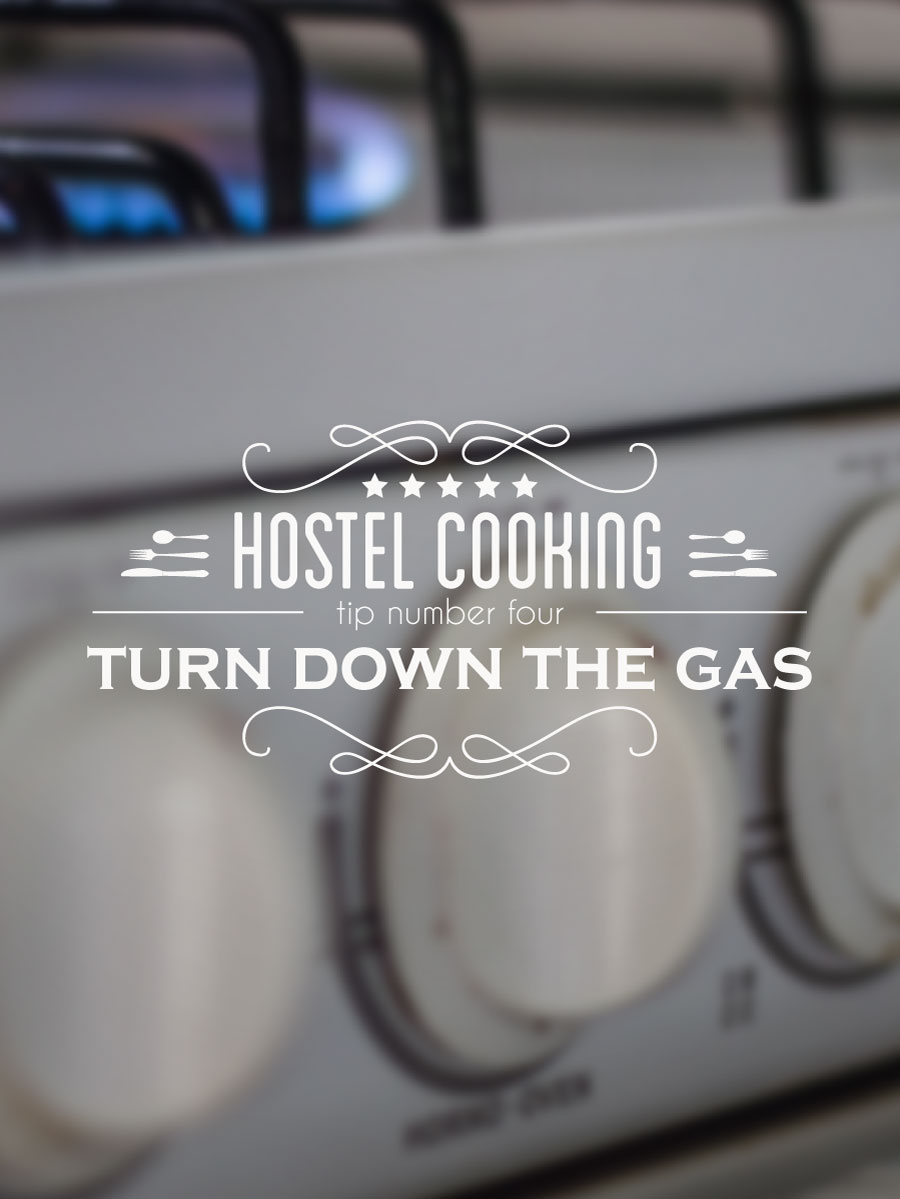
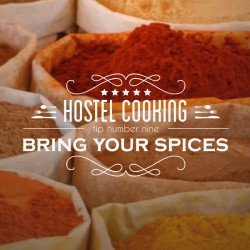
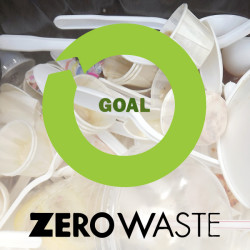

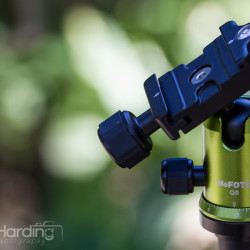



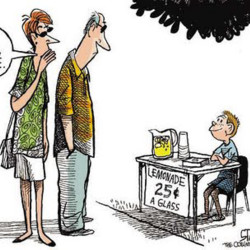

Well you learn something new everyday – I never knew this. Great tip, thankyou!
Yes!! I love it when my advice helps!
Thanks for the comment Jacqui!
You are perfectly right Jadeadele, cooking with the low heat is the best especially for vegetables and as vegetarian I learnt that pretty fast. Thanks for the tips on the oils, it’s always handy to know what to avoid :)
You’re welcome Franca!
I got really confused withthe oils for a while, EVOO was in, and then it was out, and the butter and the margarine AAAAAAHH!
Finally I found an explanation as to exactly what the issue was, the heat, and found that it was actually pretty easy after all.
In the DR coconut oil is easy to find and pretty affordable, I use that mostly, but I’ll drizzle Olive oil on salads and add butter to the pan before I fry up my mushrooms. mmmm.
Thanks for stopping by, and for the comment!